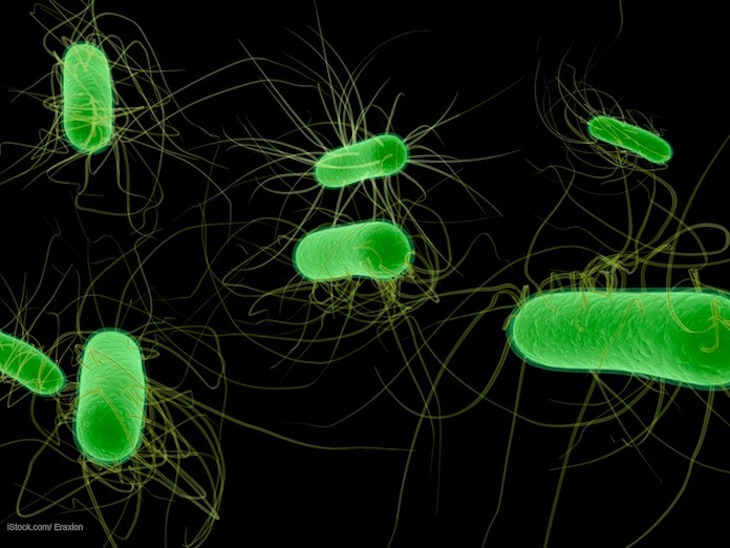Why does Wisconsin have 31 E. coli cases, the most of any other state, in the multistate outbreak linked to romaine lettuce from Salinas, California? Good question. We don’t know. But it is true that, at 31 people sick, Wisconsin has more than 1/3 of the illnesses in this massive outbreak.

It may be that a distributor in Wisconsin received a shipment of contaminated romaine from the Salinas, California area, which has been identified as the probable source of the pathogen. Wisconsin is just one of 23 states where ill persons live. No single supplier, distributor, farm, or even brand of romaine has been named as the source of the outbreak, although the CDC has named the Salinas growing region.
We do know that Wisconsin was the first state to identify the outbreak back in mid-November 2019. On November 15, 2019, The Wisconsin Department of Health Services issued a health alert stating that they were observing a significant increase in the number of reported cases of E. coli O157:H7 infections.
Actually, the first mention of this outbreak was on ProMED-Mail, a web site for the International Society For Infectious Diseases, where physicians and health departments post the first information about possible outbreaks. This outbreak has grown rapidly since then. Now at least 102 people are sick in 23 states, according to the Centers for Disease Control and Prevention (CDC). Fifty-eight have been hospitalized, and ten have developed hemolytic uremic syndrome (HUS).
At this time, officials say that the romaine lettuce available in stores and in restaurants is no longer from the Salinas, California region. That’s because the growing season is over there, and the lettuce on store shelves is from the Yuma, Arizona growing region. The outbreak may slow. The last illness onset date was November 18, 2019, which was before the CDC and FDA issued a warning about avoiding romaine from Salinas.

Food safety attorney Fred Pritzker said, “No one should get seriously ill just because they had a salad for lunch.” You can contact Minneapolis lawyer Fred for help by calling 1-888-377-8900 or 612-338-0202.
Symptoms of an E. coli O157:H7 infection include a mild fever, some vomiting, and serious and painful abdominal cramps. The signature symptom of this illness is bloody and watery diarrhea, since the toxins this pathogen produces damages the lining of the intestinal wall.
Some people, most particularly children under the age of 5, can develop a complication from this infection called hemolytic uremic syndrome. Symptoms of HUS include little or no urine output, pale skin, lethargy, and unexplained bruises. Anyone experiencing these symptoms needs to be taken to a doctor immediately.




